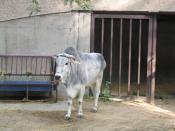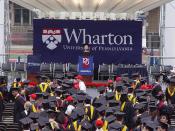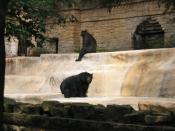"We live in a world that shrinks before our eyes. Blink, and another animal disappears. Gaze, and more rainforests are destroyed. Stare, and a thousand threatened species stare back"� (Beyond Zoo, 2001, p.1).
Modern zoos are no longer for pure entertainment. In recent years, zoos have begun to work together with university researchers, scientists, farmers, ranchers, teachers, environmentalists and each other to prevent the loss of animals and their habitats. There are countless stereotypes zoos have carried with them since the first was created. Those misconceptions have led people to believe zoos are unhealthy, disrespectful and harmful places for animals to live. Perhaps those stereotypes are what triggered the recent change in zoos or maybe it was the realization of the numerous ways they help endangered species. Regardless, the major improvements in zoo habitats, care for zoo animals, and insight on animal health has led me to believe that zoos are essential for the existence of numerous species in the animal kingdom.
The rate of extinction has grown rapidly in the last few decades. Before the 1800's, mankind caused the extinction of one animal species about every 55 years (Maruska, 1999). That rate grew to an animal species every year and a half until 1990, when the rate went up to an animal species per year. Since then the rate increased dramatically and now, unbelievably, we lose almost one hundred plant and animal species every day (Maruska, 1999). These rates are not high because of zoos taking animals from the wild, but more so from human expansions into the animals' habitats, and being over hunted.
Zoos, however, were not of much help in the past. The sole purpose of animals in captivity up until the early 1900s was for display (Wharton, 1995). Often zoos were made up of a "stamp...


